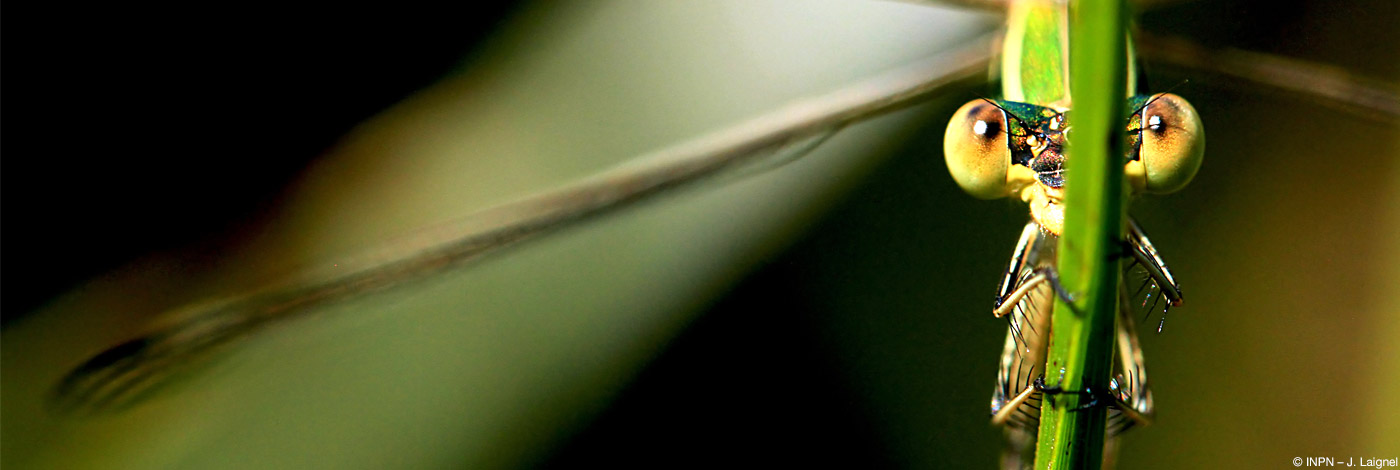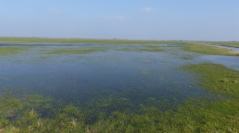

 Naturae
2020 (5) - Pages 85-100
Naturae
2020 (5) - Pages 85-100Situated on the West atlantic coast, the Marais poitevin is one of the largest wetlands in France after the Camargue. Known on an international level for welcoming migrating and wintering waterbirds, the Marais poitevin is also a key site on national level for breeding shorebirds. Since the 1950s, the landscape of the Marais poitevinhas changed dramatically – more than 47 % of grasslandshave been converted for cereal production. This study compares the two most recent decadal counts of eight shorebird species breeding in the Marais poitevin. In ten years, declines in breeding numbers were observed for the Lapwing Vanellus vanellus (Linnaeus, 1758) (–9%), the Redshank Tringa totanus (Linnaeus, 1758) (–30%) and the Black-tailed Godwit Limosa limosa (Linnaeus, 1758) (–45%). The creation of open water areas associated with dam reconstruction after Storm Xynthia have consolidated and favoured populations of the Avocet Recurvirostra avosetta Linnaeus, 1758 (+89%) and the Black-Winged Stilt Himantopus himantopus (Linnaeus, 1758) (+10 %). Analysis of the influence of agri-environmental schemes in the region appear to show low effectiveness at encouraging the nesting of certain shorebird species at the first and second levels, when compared to the higher and more restrictive levels, which notably include the parameter “maintenance of water levels in the springtime”. In the current economic context, the agri-environmental schemes are severely weakened. To secure the future of breeding waders in the Marais poitevin, strong measures must be put in place as a matter of urgency in the form of a voluntary wetlands agricultural policy, aimed at maintaining and greatly increasing the area of grasslands which have a higher water level in the spring.